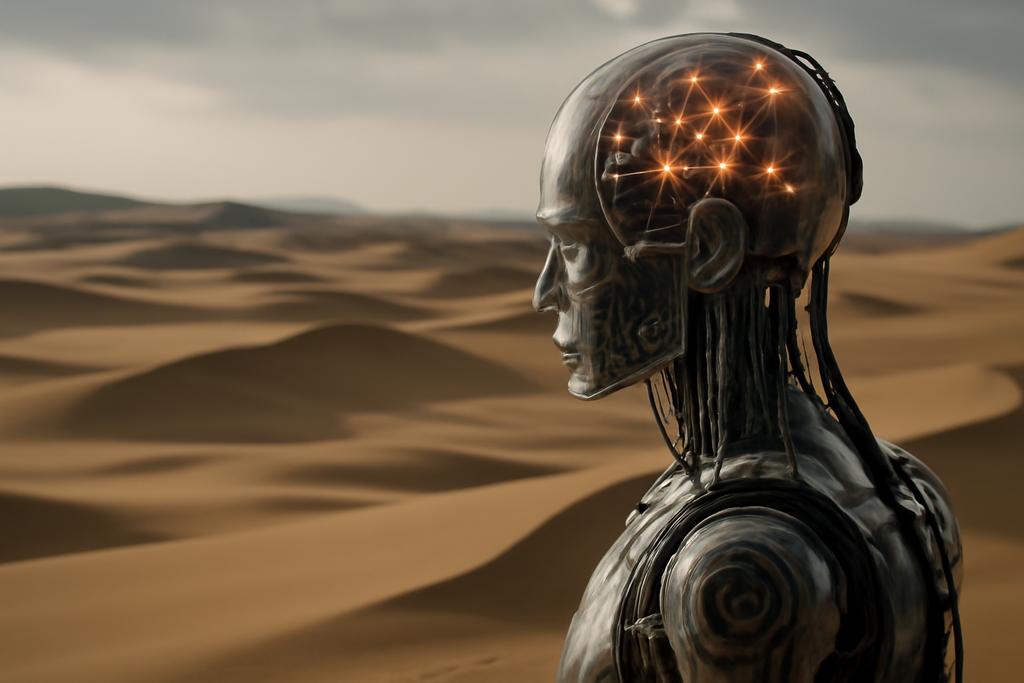The Evolving World of Data
The digital world throws a constant torrent of data at us—from sensor readings to social media posts, financial transactions, and network logs. This isn’t the neatly packaged data of a textbook; it’s a dynamic, ever-shifting river. Traditional AI struggles with this chaotic flow, a problem known as “concept drift.” Imagine trying to navigate a river that keeps changing its course – your map quickly becomes useless.
The Stability-Plasticity Dilemma
Building AI that can adapt to this constant change presents a significant challenge: the stability-plasticity dilemma. A successful AI needs to be flexible enough to learn from new trends (plasticity), yet maintain its understanding of the past (stability). Losing what you’ve already learned—catastrophic forgetting—is a common pitfall.
Adaptive Ensembles: A Patchwork Solution
One approach uses “adaptive ensembles.” Think of it as a team of AI experts, each focusing on a specific aspect of the data. When the data changes, the team adjusts—some experts might get sidelined, new ones brought in. This works reasonably well but is often clumsy and resource-intensive. Existing methods rely on crude change detection or simple voting systems, which don’t fully utilize the specialized knowledge each expert possesses.
DriftMoE: The Symbiotic Approach
Researchers at University College Dublin’s CeADAR, led by Miguel Aspis and Sebastián A. Cajas Ordoñez, have developed a more elegant solution: DriftMoE. This system uses a “Mixture of Experts” (MoE) architecture. Instead of a fixed team, DriftMoE employs a dynamic approach. It uses a ‘router’—a small neural network—that smartly directs incoming data to the most appropriate expert. This router learns alongside the experts, creating a symbiotic relationship.
The beauty of this system lies in its feedback loop. When an expert correctly identifies something, the router reinforces its decision-making, leading to increased specialization. This is different from traditional ensembles where adaptation is more reactive.
Two Modes of Expertise
DriftMoE comes in two flavors. In the first, each expert specializes in different data regimes. Imagine the experts as specialists in different weather patterns: one handles sunny days, another rainy ones, etc. The second mode has each expert tackling a single class or task—similar to having specialized doctors for different organs.
Testing the Waters
The researchers tested DriftMoE against five leading adaptive ensemble methods using both synthetic and real-world data streams. The results are impressive. DriftMoE consistently performs competitively with or better than existing methods, often using far fewer ‘experts’ – meaning it’s more efficient.
A key finding was DriftMoE’s rapid reaction time to data shifts. It adapts quickly without the lag seen in some other models. This is particularly important in fast-paced environments where quick adaptation is critical.
Room for Improvement
While promising, DriftMoE still has room for refinement. It struggles somewhat with highly imbalanced datasets—those where one type of data far outweighs others. The researchers suggest exploring more sophisticated training strategies to address this limitation.
A New Path Forward
DriftMoE represents a significant step forward in how we build AI that can handle the messy realities of real-world data streams. By creating a symbiotic relationship between experts and a smart router, it offers a more efficient, adaptive, and insightful solution to the ever-present challenge of concept drift.










